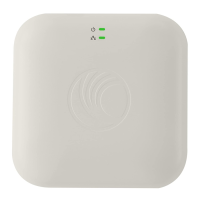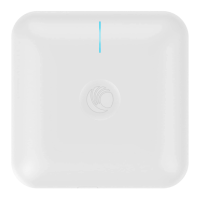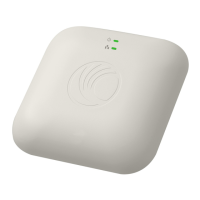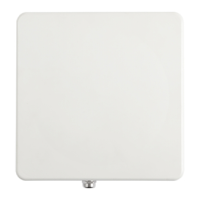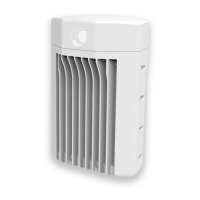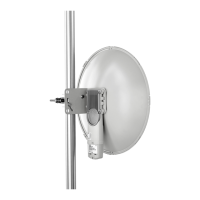RTS/CTS (Request to Send / Clear to Send) is the optional mechanism used
by the 802.11 (Standard WiFi) wireless networking protocol to reduce
frame collisions introduced by the problem known as hidden node
problem. Under this mechanism, specific RTS, CTS and ACK
(Acknowledgement) frames are exchanged between the AP and SM to
schedule transmission of packets over the wireless link. The ability to use
this mechanism is available when Access Point Mode is configured as
Standard WiFi.
This parameter applies to CTS mechanism for downlink data transmission.
Disabled: The AP does not wait for a CTS frame from the SM/Client before
it sends downlink data.
Enabled: The AP simulates a CTS frame sent to itself notifying the SMs
connected to it that it is going to transmits data on the downlink.
This parameter applies to RTS/CTS mechanism for uplink data
transmission. When Enabled, SM/Client must send an RTS frame and, only
upon receiving a CTS frame from the AP can it transmit uplink data.
Configure the RTS packet size threshold for downlink data transmission.
Range is between 0–2347 octets. Typically, sending RTS/CTS frames does
not occur unless the packet size exceeds this threshold. If the packet size
that the node wants to transmit is larger than the threshold, the RTS/CTS
handshake gets triggered. Otherwise, the data frame gets sent
immediately.
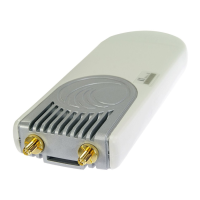
